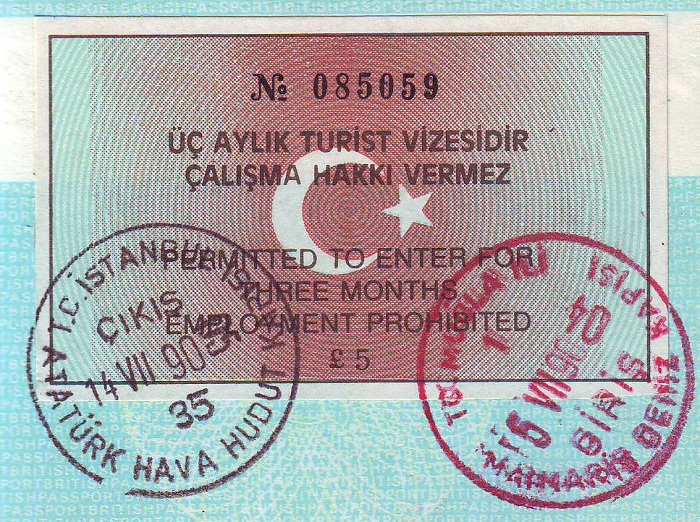Health
The Ultimate Guide To CO2 Laser Resurfacing
If you consider CO2 laser resurfacing, you are in the right place. The information below will provide information about ablative CO2 lasers, customized treatment options, risks, and recovery. It will also help you decide whether CO2 laser resurfacing is right for you.
Ablative CO2 Lasers
Ablative CO2 lasers are an excellent choice for resurfacing. Patients who are healthy and do not have any underlying skin conditions are usually ideal candidates. However, patients with active inflammatory skin conditions should seek treatment before lasering. People with very dark skin are also unsuitable candidates, as lasers can result in significant color changes.
These lasers are less painful and require a shorter downtime than non-ablative lasers. The treatment is often performed on the entire face, neck, and chest. Some patients also opt for this treatment to correct scars that form due to traumatic events. Again, the downtime is usually only five to seven days.
Ablative CO2 lasers for surfacing are effective in rejuvenating sun-damaged skin. The procedure can also be combined with other treatment options, such as vitamin C lotion, alpha hydroxy acid, and microdermabrasion. Botulinum toxin is also used to reduce facial lines and wrinkles. This procedure is performed on an outpatient basis.
Recovery
Recovery from CO2 laser resurfacing is usually a short, 5 to 10-day process, though it can take longer in more noticeable areas. Therefore, it is essential to follow specific aftercare instructions to help your skin recover quickly and prevent infection. For best results, you should avoid using harsh cleansers for a few days following the procedure.
After CO2 laser resurfacing, you will have significant inflammation for a few days after the procedure. This is the immune system’s way of clearing tissue debris. However, by the 14th day after the procedure, your skin will start to heal and remodel. The appearance will improve, and the skin will appear tighter. Most patients only require one session, though severe skin problems may require multiple sessions.
CO2 laser resurfacing is a non-invasive procedure that can improve your skin’s condition and the look of your face. A CO2 laser skin resurfacing procedure involves heating the dermis, which triggers collagen production. As a result, the new skin is more transparent, tighter, and smoother than before.
Customized Treatment Options
The CO2 laser can be customized to fit the needs of each patient. Some patients may benefit from a more profound treatment, while others may only require one or two shallow sessions. Depending on the type of skin aging and desired treatment outcome, each treatment can take anywhere from three to 14 days. Generally, patients can return to normal activities three to five days after the procedure. However, patients may need additional sessions to meet their aesthetic goals.
While the CO2 laser can treat most skin types, some skin conditions make it a poor choice for certain patients. For example, those with a history of vitiligo or other autoimmune disorders should not undergo CO2 laser treatment. In addition, pregnant patients taking the Accutane medication should not undergo CO2 laser treatment.
For individuals with healthy skin, CO2 laser resurfacing is a safe and effective way to improve skin tone and texture and reduce the appearance of fine lines and wrinkles. It is also effective in treating acne scarring and large pores.
Risks
CO2 laser resurfacing is an outpatient procedure that can take thirty minutes to two hours to complete. The recovery period can take up to 3 weeks, depending on the area of the body being treated and the depth of laser penetration. During this time, patients should avoid contact with the site to reduce swelling and prevent the formation of scabs. Patients must also use sunscreen regularly to protect their new skin.
CO2 laser treatments are considered cosmetic procedures and are generally not covered by insurance. However, checking with your insurance provider before scheduling a CO2 laser treatment is best. If the procedure is covered, you may be able to receive a partial or complete payment from your insurance provider. CO2 laser treatments are considered safe if performed by an experienced laser operator, but there are still risks associated with them.




![[pii_email_4c910535350b5a41ee81] Error Code Resolved](https://wigily.com/wp-content/uploads/2020/09/pii_email_4c910535350b5a41ee81-Error-Code-Resolved.jpg)
